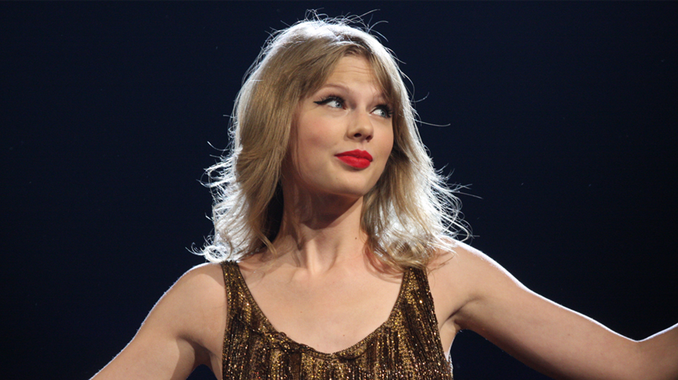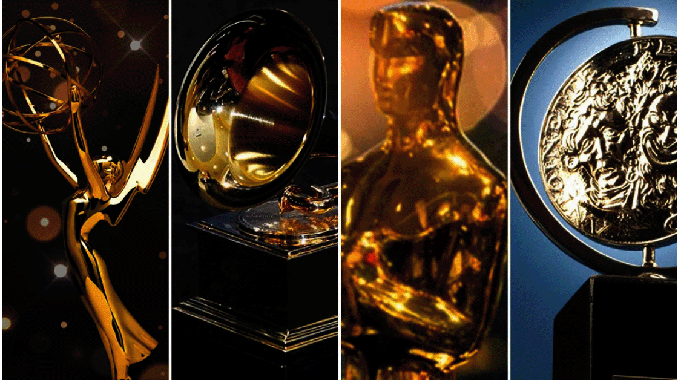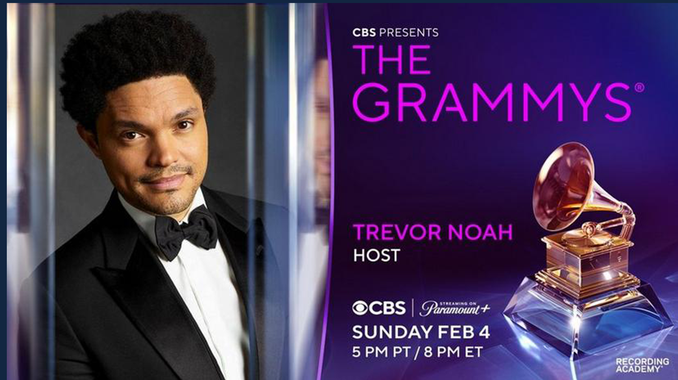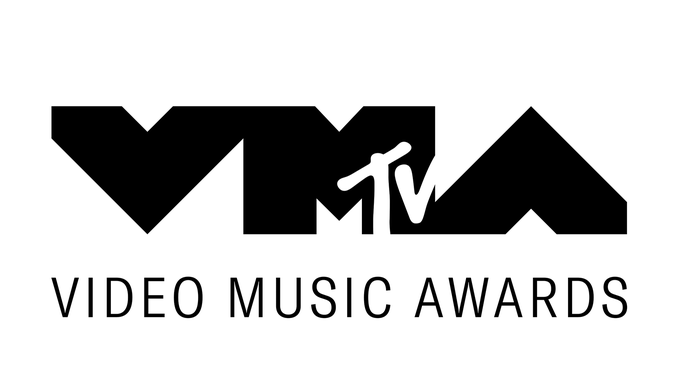As Pride Month comes to a close, let’s celebrate queer culture, as showcased in music.
Music has always been a platform where identity could not only be echoed by underrepresented voices, but also showcased and, more often than not, accepted. Singers of the early 1900s like Billie Holiday and Ma Rainey can attest to this, as many of their songs flirted with homoerotica in ways that those of the era weren’t ready to talk about, but were happy to dance along to.
More than 100 years later, LGBTQ+ voices are accepted, heralded, and louder than they’ve ever been before. Here are 10 albums that are vital in the history of queer acceptance within the music field.
‘The Man Who Sold The World’
David Bowie’s queerness (or lack thereof) is a complicated one to grasp. This is a man who always played around with his identity in genderbending performances and sexually ambiguous lyrics. Bowie outside of his music was sexually ambiguous himself. This is the same man who boldly proclaimed to always have been gay in a 1972 interview with Michael Watts, only to backtrack years later, downplaying his proclamation as “the biggest mistake I ever made” in an interview with Rolling Stones titled, “Straight Time.”
Although Bowie never was entirely comfortable with identifying as queer nor was his music ever political in that sense, his music and presentation are undeniably recognized as queer. At the time, the closest that unheard queer voices could have to see themselves represented onscreen was a cover of David Bowie boldly wearing a dress. The album cover is as significant as the album itself in putting a visual to queerness during an era it was unrepresented. The Man Who Sold The World is an early example of the sexual liberation and gender ambiguity that would define Bowie’s career.
‘Goodbye Yellow Brick Road’
While Elton John wouldn’t come out until some years after this album’s release (telling Rolling Stone he was bisexual three years after this came out, before telling the magazine nearly two decades later he now identifies as gay), the title track of Goodbye Yellow Brick Road has become something of a proud gay anthem in queer circles. John himself has always been viewed as a vision of queer representation before he even came out as a result of his flamboyant presentation, but songs like “Goodbye Yellow Brick Road” showcase a desire for freedom that much of the LGBTQ+ community has connected strongly to. The song is bittersweet, yet, oddly uplifting. Its complexity helped make this John’s definitive album.
‘Colour By Numbers’
As much as music has always provided an outlet for queer voices, there was still a time where it was once inconceivable to think a man with a full face of makeup could become a superstar. So when Boy George stepped onto the scene and wailed “Karma Chameleon” to becoming a number one hit single worldwide, it sent shockwaves across pop culture. Culture Club’s conception was innovative, as was the accompanying album behind it. It was a move that refused to be ignored and a move that remains memorable 40 years later.
‘Greatest Hits’
Admittedly, this is technically cheating. This is more so a compilation album rather than a project in the same respect as the rest of these entries, but it would be disingenuous to leave Queen out of a conversation like this. While no one particular album stands out as an example of Queen’s queerhood, it is impossible to deny Queen as a staple of queer culture. The aesthetic of Freddie Mercury and his band overall embodies the disco and glitter era of pop that often gets duplicated for Pride events. As for the music, when listeners think about the best that Queen had to offer, people don’t typically point to one particular album that defines Queen. They point to several songs. The bombastic nature of “Don’t Stop Me Now,” the epic veracity of “Bohemian Rhapsody,” the whimsical gleefulness of “Fat Bottomed Girls,” etc. All of which embody the pride found within queerness.
‘The Fame/Fame Monster’
Lady Gaga’s debut studio album, The Fame, was eventually reissued with eight new songs for The Fame Monster, so it is worth including both here. Lady Gaga has always been open about her bisexuality, as her breakout hit “Poker Face” is rooted in bisexuality. It was in 2009 that she revealed during a Palm Springs White Party performance that the song is all about fantasizing about a woman while being with a man. Lady Gaga has always accepted and embraced that a bulk of her audience comes from the LGBTQ. “Poker Face” and its accompanying album provide the perfect gateway for bisexual representation to breakthrough.
‘Channel Orange’
In a Tumblr post-dated to the Fourth of July of 2012, Frank Ocean wrote an open letter coming out as queer in an honest admittance that discovering his identity came from a place of unrequited love. That same place of raw, uncompromising emotion would resurface another six days later when the Grammy winning Channel Orange was released. At this point in time, the same-sex desire between two men was still viewed as a stigma of sorts at the time and particularly frowned upon in Black communities. So to hear a masculine person of color express so much vulnerability in songs like “Forrest Gump” where he pours his heart and soul out for a male lover was a refreshing concept. What has been normalized in queer music on the mainstream level in 2022 felt radical in 2013.
‘Transgender Dysphoria Blues’
Prior to the release of the band’s sixth album, Against Me! frontwoman Laura Jane Grace had come out as transgender. The punk rock scene had always been coded with queerness in some shape or form as queercore dates back to the 1980s, but never to such a mainstream level as Against Me! stood atop. At this point in their careers, the band had been accused by their core audience of selling out to the masses for the sake of celebrity status. However, Grace’s brave declaration in regards to her identity and the contents of Transgender Dysphoria Blues prove otherwise. Grace roars through every track with defiant ferocity, totally confident in who she is and what she says. Even more confident and unnerving in letting her audiences know she doesn’t care what she thinks.
‘Dirty Computer’
It hasn’t even been five years since Janelle Monae first released Dirty Computer, but the album has already managed to age gracefully. Throughout the course of the album, Janelle Monae proudly flaunts her bisexuality. Particularly on songs like, “Make Me Feel,” both in the lyrics and accompanying music video where the self-proclaimed “emotional, sexual bender” flaunts the colors of the bisexual pride flag with illuminating lights. The album resonates even strongly now that Monae has expanded her view of her identity by noting it as pansexual and also by coming out as nonbinary in an interview with Jada Pinkett-Smith’s Red Table Talk. Even more so than it did in 2018, Dirty Computer presents queerness as a constantly evolving, ever-growing beacon of light presented at its most fun and flirtatious.
‘Oil Of Every Pearl’s Un-Insides’
At the age of 34, Sophie passed away tragically via an accidental fall in Athens, Greece. Prior to the tragedy, she only released one album, but critics were quick to dub the electronic release an instant classic and a masterpiece. Readers would be hard-pressed to find another album of its ilk, as the sound is extremely experimental for the time. Despite the artist’s more low-key presence, her talent was impossible to deny, hence why it was Grammy-nominated. It’s just bittersweet to think that Sophie never had the opportunity to duplicate her success with another album before her untimely death.
‘Montero’
Lil Nas X is no stranger to controversy. This is the same man who entered the music industry with his “Old Town Road” being a topic of contention as to its legitimacy as a country record. Controversy continued once he came out as gay. Of course, being a rapper working in a music genre that carries an infamous history of homophobia was always going to divide audiences, but the division only grew upon the release of the music video for “Call Me By Your Name.” Conservative critics especially argued against the explicit combining of gay imagery with biblical imagery.
If one thing can be said of Lil Nas X, is that he seeks to be unapologetic about who he is. As he told TIME in 2021, he’s on a mission through his music and videos to create, “more acceptance, more open-mindedness amongst humanity as a whole. I want kids to know that they don’t have to harm themselves—and that they’re capable and worthy.” Considering the success of his debut studio album, Montero, his mission has been accomplished. Despite the controversy surrounding his singles and music videos, Lil Nas X overcame with five Grammy nominations. For as many critics as Lil Nas X has received, he and his album have received just as much support from the masses. It’s one thing for the rapper to be accepted on such a mainstream level within an industry with a history of homophobia, but he’s managed to succeed by giving queerness a major platform in how he portrays it. The success Montero showcases a landmark in both rap culture and queer culture.
![]()
The content is featured on https://www.directv.com/insider/ is editorial content brought to you by DIRECTV. While some of the programming discussed may now or in the future be available affiliates distribution services, the companies and persons discussed and depicted, and the authors and publishers of licensed content, are not necessarily associated with and do not necessarily endorse DIRECTV. When you click on ads on this site you may be taken to DIRECTV marketing pages that display advertising content. Content sponsored or co-created by programmers is identified as "Sponsored Content" or "Promoted Content."






